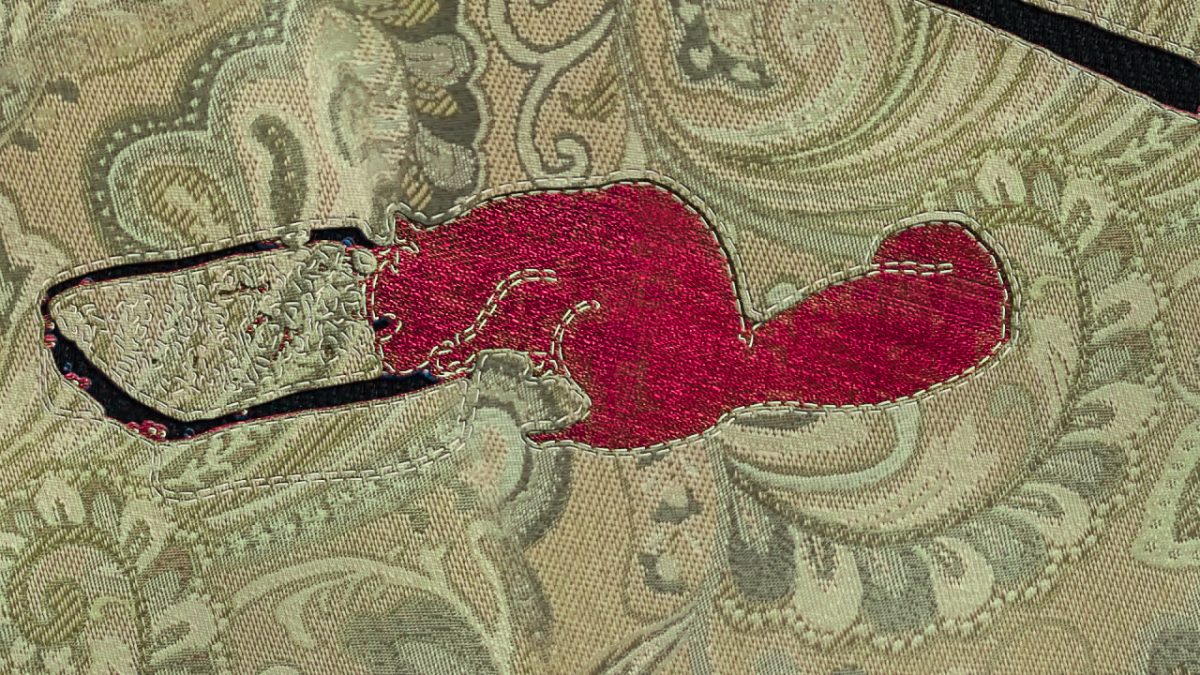This project only scratches a bit more of the surface, pending much more in-depth study of After Effects in Assignments 4 and 5. Here I take my own low resolution video and (building on E3.2 Sparrowhawk) looks at how to manipulate this as the basis for line animation and After Effects Creative Effects. As a preliminary to developing a longer and more complex rotoscoped animated narrative of different garden wildlife for SYP and also MI Assignment 5. And building on my sketchbook work to improve my initial drawing.
This project is in two parts:
- Skateboarder: Rotoscoping directly onto my own action video footage of Skateboarding shot on an old compact camera and experimenting with Creative Effects templates in After Effects.
- Squirrel: Digital frame by frame rotoscoping onto manipulated iPhone video footage in Rough animator on my iPad
Different effects were effective in the two cases, based on styles suggested by the subject matter and also differences in the form of the source footage.
The ultimate aim will be to produce much more dynamic and engaging animation than in ‘Pig Tales’ for Visual Research – with more in-depth consideration of Disney Principles – but in an RSI-friendly way that does not take months of digital drawing. I will further develop this work into a narrative with more garden wildlife as part of Moving Image Assignment 5. I also plan to experimenting with a wider range of hand drawn (drawing on top of printouts from the rough rotoscopes from Creation FX??) and digital rotoscope styles (in AE and TVPaint) and approaches from other artists viewed in Research 3.1.
About Creation Effects
Creation Effects are customisable After Effects Template files created by Noel Powell (https://creationeffects.com/index.html). These can be used to stylise footage in much more natural ways, using complex combinations of AE filters and expressions to produce some very organic-looking effects.
Footage is imported into these files, normally at 10FPS, and each of the template effect layers can be animated and adjusted to produce a wide range of effects, including different papers. Other AE effects can also be added and stacked in different ways for full customisation. I am only just beginning to explore all the different options.
TASK
Find a short piece of found copyright free footage from video sites such as archive.org ( https://archive.org/ ) or use your own footage as the basis of a short rotoscoped animation. The duration of your sequence is up to you. Choose a rotoscoping technique you would like to try such as: using a projector, drawing by observing footage frame by frame, tracing paper over a screen, printing out frames and drawing on them or digitally drawing directly on each frame using computer software. Work fast and loose and be playful – see how far you can depart from the source footage and where the process can lead you.
Rotoscoping is a key part of my practice that I want to develop in depth. This project is part of a project ‘Garden of (Eternal) Mindfulness for SYP. This develops preliminary ideas for a longer term cross-media body of work taking a tragi-comic view of the joys and challenges of wildlife gardening. This build build on MI Assignment 2 Summer Synaesthesia, and also a sketchbook that develops my wildlife sketching skills.
The rotoscoping project here builds on experiments with rotoscoping in TVPaint line and shape animation from found video for Visual Research Module. Since that project I need to change my pc animation system because my old laptop is now too slow to use TVPaint.
It also builds on my research in Moving Image Research Project 3.1 Evaluating Rotoscoping.
Skateboarder: Action Video Creation Effects
These were my first experiments with Creation Effects – before I developed skills in line animation in Visual Research module. After watching videos about approaches to rotoscoping techniques on Linked In Learning and You Tube, I was interested in potential approaches that could minimise drawing and hence RSI risk.
These effects are templates with multiple adjustable and customisable layers. But these require a good understanding of After Effects to really get the best effects. Nevertheless, even when used as they are given in the template, they do provide interesting ways of stylising even pretty bad and low resolution footage. If the style is selected based on the meaning and purpose of the footage.
Squirrels: grey or red
The effects also work well on digital line and shape rotoscoping.. As well as the featured Red Squirrel textile animation above, the sketch and monochrome watercolour grunge effects also significantly enhance the original flat animation, adding markmaking and textural interest.
But again, to get the best effects the original templates need to be customised – animating the strength of the effects as well as altering the parameters – so that excessive ‘boil’ is more controlled. The animations can also be further manipulated in After Effects for colour controll, image stabilisation etc.
Pencil Rough Sketch Effect
Watercolour Grunge Monochrome effect.

